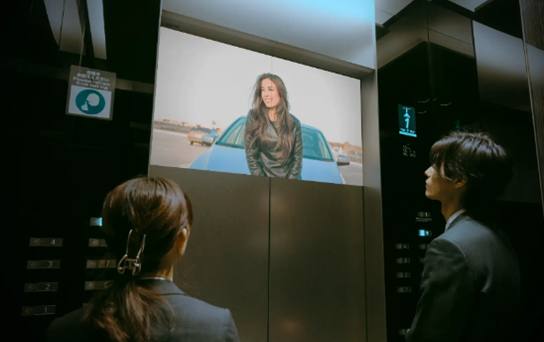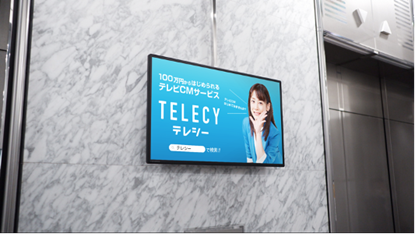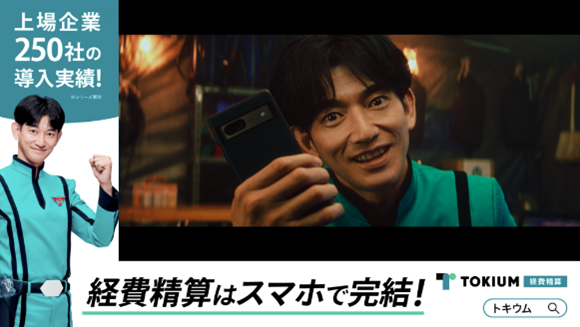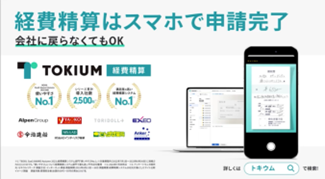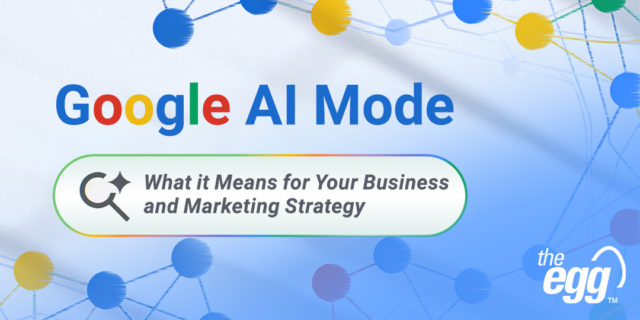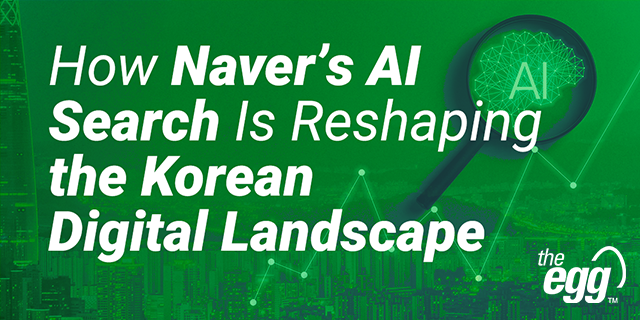Elevator Signage: B2B Marketing for Targeting Enterprise Companies in Japan
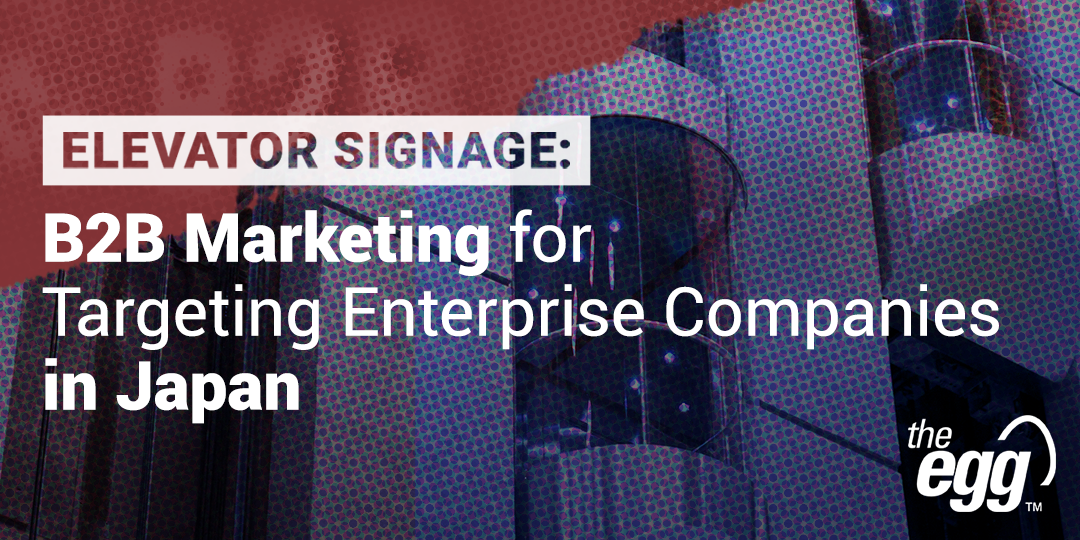
Did you know that the average office worker in Tokyo uses an elevator 5.4 times per day?
This frequent interaction presents a unique opportunity for B2B marketers to engage with decision-makers and professionals during these brief yet consistent moments, and this is where elevator signage comes into play.
What is Elevator Signage?
Elevator signage is a dynamic advertising medium that utilizes digital displays installed inside elevators and their surrounding areas. This high-visibility platform captures the attention of users while they wait for or ride in elevators. It is an ideal channel for delivering targeted advertisements, offering consistent and repeated exposure.
In the following sections, we will explore how this exposure is particularly beneficial for B2B brands looking to enhance recognition in Japan, providing direct and repeated touchpoints with business professionals and key decision-makers.
Strategic Placement in Tokyo’s Business Hubs
Elevator signage networks are strategically deployed in premium office buildings across major business districts in Tokyo, including Marunouchi, Otemachi, Chiyoda, Chuo, Minato, Shinjuku, and Shibuya.
This distribution strategy provides unparalleled access to Japan’s business elite. By securing premium placements in these locations, advertisements reach professionals who are in a focused business mindset, making this medium particularly effective for B2B marketing, enterprise solutions, and products and services requiring significant corporate decision-making.
Given that the barrier to English remains extremely high, The Egg Japan provides invaluable expertise by bridging this gap, enhancing communication effectiveness in these environments.
CASE STUDY
One example of an elevator advertising network in Tokyo’s business landscape shows the extensive reach and potential impact of this medium.
NETWORK OVERVIEW
- Installed in 4,700 elevators across Tokyo’s top business districts.
- Generates 1.5 billion monthly impressions.
- Reaches over 2.5 million business professionals.
- Accessible to 17,000+ companies, including Mitsubishi Corporation, VISA, Bloomberg, Intel, and Rakuten.
- Achieves a 64.6% advertising reach rate.
PERFORMANCE CASE STUDIES
- A SaaS company achieved a return on investment (ROI) of 900%.
- A cosmetics brand experienced a 626% surge in branded search volume and a 600% increase in trial sign-ups.
- An AI platform saw branded search volumes grow by 1.5 times within six months of launching a new service.
These figures showcase the substantial reach and measurable business impact of elevator advertising in Japan’s corporate environment.
KEY BENEFITS
HIGH ROI POTENTIAL
Elevator signage delivers measurable return on investment, particularly for B2B marketers targeting enterprise companies. By reaching business professionals in their work environment, campaigns have demonstrated impressive results:
- Increases in branded search volume
- Growth in free trial applications and lead generation
- Success in securing product seminars for tenant company employees
SUPERIOR VISIBILITY IN AN ENCLOSED ENVIRONMENT
Elevator signage offers exceptional visibility, as passengers naturally direct their attention to the displays in the confined space. With no competing media present, advertisements reach viewers with minimal distractions:
- Focused audience: Passengers have limited visual alternatives, ensuring focus on the content.
- Enhanced engagement: Both video and static images effectively capture attention, with mixed media formats offering versatile display options.
- Exclusive visibility: No competing advertisements within the same visual field.
IDEAL CONTEXTUAL RELEVANCE
Elevator signage offers unique advantages for B2B marketers that other advertising channels cannot match. The environment of office buildings creates an ideal context for B2B messaging, as viewers are already in a business mindset.
This contextual relevance significantly enhances receptivity to business solutions and services. Unlike consumer ads that compete for attention amidst entertainment content, B2B messaging in elevators effectively reaches prospects when they are focused on work-related challenges and opportunities. Additionally, elevator signage simultaneously provides access to multiple stakeholders within target organizations, addressing the complex buying committees typical of B2B purchasing decisions.
PRECISION IN TARGETING LARGE ENTERPRISES
Elevator signage is exceptionally effective for engaging large corporations with thousands of employees. Premium office buildings housing major enterprises naturally generate higher elevator traffic, leading to greater ad impressions for the same investment.
Large enterprises often span multiple floors or whole buildings, ensuring employees use elevators several times each day. This frequent interaction amplifies exposure, ensuring your messaging consistently reaches a critical mass of influential decision-makers within the organization.
Moreover, navigating the intricate purchasing processes of large corporations—which involve numerous stakeholders across various departments and management levels—requires a penetrating approach. Elevator signage excels in this context by reaching individuals from diverse departments and senior roles who may influence procurement decisions.
GEOGRAPHICAL TARGETING FOR ACCOUNT BASED MARKETING (ABM)
With elevator signage, B2B marketers can strategically position their messaging within buildings where target accounts operate. This high degree of geographical precision is challenging to replicate with other advertising mediums.
By deploying signage in office buildings where key accounts are headquartered, businesses ensure consistent exposure to decision-makers and influencers. This building-specific targeting enables highly focused campaigns for specific industries, companies, or even individual enterprise accounts, making it an ideal tool for ABM strategies.
Ready to stay ahead of the curve?
Content Creation Considerations
Clear and Concise Messaging
Given the short duration of elevator rides, it’s crucial for advertisements to communicate messages quickly and effectively. Depending on the advertising platform, the recommended video length can vary. For example, some networks suggest the length of the video to be 6-15 seconds. This brief window requires concise and impactful messaging that captures attention instantly.
Effective Design Elements
Several design strategies can enhance the effectiveness of elevator signage in Japan:
- L-shaped bumpers: Ensure key messages are visible at any moment during viewing.
- Mixed media formats: A combination of static images and video, or static images alone, can be effective alternatives to full video.
- Simple, highly visible design: Large text and high-contrast colors maximize visibility within the short exposure time.
Strategic Use of Audio and Subtitles
Since volume is often low or muted in many Japanese elevators, the use of audio in elevator advertisements requires careful consideration.
- Japanese subtitles are essential for ensuring message clarity. They make all key information accessible without relying on audio.
- Displaying brand names in Japanese is crucial for reinforcing brand recognition among local audiences. Foreign brand names are typically rendered in katakana, which enhances familiarity and recall.
Conclusion
Elevator signage is a powerful communication channel with unique advantages for B2B marketing in Japan. Its ability to deliver high-visibility messaging in professional environments creates valuable opportunities for brands looking to establish a presence in the Japanese market. By ensuring effective communication despite language barriers, The Egg Japan enhances the strategic impact of such campaigns.
The confined nature of elevators naturally draws attention to advertisements, while repeated exposure reinforces brand recognition with minimal competition from other media. This makes elevator signage particularly effective for targeting large enterprises with substantial employee populations, ensuring multiple daily impressions across different organizational levels.
When integrated into broader marketing strategies, elevator signage provides B2B businesses with a high-impact physical touchpoint that complements digital communication efforts. By strategically placing compelling visual content in the daily paths of business professionals, companies can establish brand presence, communicate value propositions, and generate interest among key decision-makers in the Japanese market.
With geographical precision, contextual relevance, and repeated exposure, elevator signage stands out as an exceptional tool for B2B brands aiming to build recognition and forge relationships within Japan’s corporate landscape.


